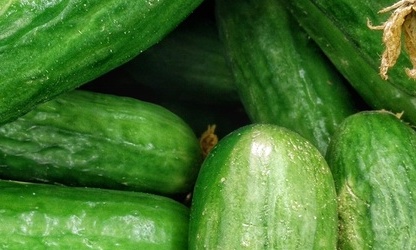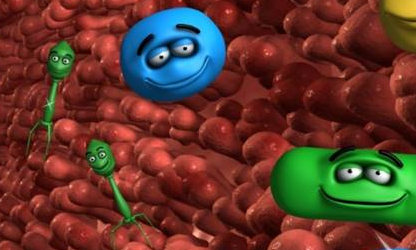

Phage biocontrol improves food safety by significantly reducing both the concentration and occurrence of Escherichia coli O157:H7 in various foods
Journal of Food Protection, 2020
Vikram, A., Tokman, J., Woolston, J., and Sulakvelidze, A.
Abstract
Management of Shiga-toxin producing E. coli (STEC), including E. coli O157:H7, in food products is a major challenge for the food industry. Several interventions, such as irradiation, chemical disinfection, and pasteurization, have varying degrees of success in controlling STEC contamination. However, these interventions also indiscriminately kill beneficial bacteria in foods, may impact organoleptic properties of foods, and are not always environmentally friendly. Biocontrol using bacteriophage-based products to reduce or eliminate specific foodborne pathogens in food products has been gaining attention lately, due to the specificity, safety, and environmentally friendly properties of lytic bacteriophages. We have developed EcoShield PX™, a cocktail of lytic bacteriophages, that specifically targets STEC. This study examined the efficacy of this bacteriophage cocktail in reducing the levels of E. coli O157:H7 on eight food products: beef chuck roast, ground beef, chicken breast, cooked chicken, salmon, cheese, cantaloupe, and romaine lettuce. The food products were challenged with ≈ mid 3.0 log CFU/g E. coli O157:H7 and treated with ca. 1×106, 5×106, or 1×107 PFU/g of bacteriophage preparation. Application of 5×106 and 1×107 PFU/g bacteriophages resulted in significant (p<0.05) reductions of up to 97% of the E. coli O157:H7 levels in all foods. When bacteriophages (ca. 1×106 PFU/g) was used to treat lower levels of E. coli O157:H7 challenge (ca. 1-10 CFU/10 g) on beef chuck roast – mimicking the levels of STEC found in real-life conditions in food processing plants – the occurrence of STEC in the food was significantly (p<0.05) reduced by ≥ 80%. Our results suggest that STEC-targeting bacteriophage preparation can result in statistically significant reduction of both the levels and occurrence of STEC in various foods and, therefore, it may help improve the safety of foods (and reduce the risk of recalls) at high risk of STEC contamination.
Target
Escherichia coli (STEC)
Food Group
Meat, Fresh Produce, Poultry, Fish, Dairy
Food Product
Beef chuck roast, ground beef, chicken breast, cooked chicken, salmon, cheese, cantaloupe, and romaine lettuce
Product
Beef chuck roast, ground beef, chicken breast, cooked chicken, salmon, cheese, cantaloupe, and romaine lettuce





